| Recent Featured Videos and Articles | Eastern “Orthodoxy” Refuted | How To Avoid Sin | The Antichrist Identified! | What Fake Christians Get Wrong About Ephesians | Why So Many Can't Believe | “Magicians” Prove A Spiritual World Exists | Amazing Evidence For God | News Links |
| Vatican II “Catholic” Church Exposed | Steps To Convert | Outside The Church There Is No Salvation | E-Exchanges | The Holy Rosary | Padre Pio | Traditional Catholic Issues And Groups | Help Save Souls: Donate |  |
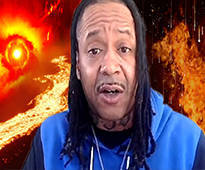
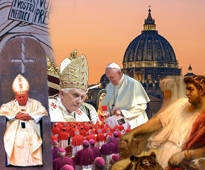
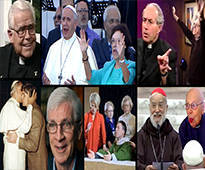
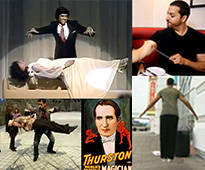
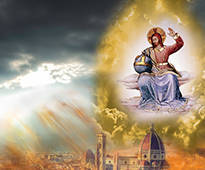

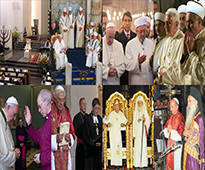


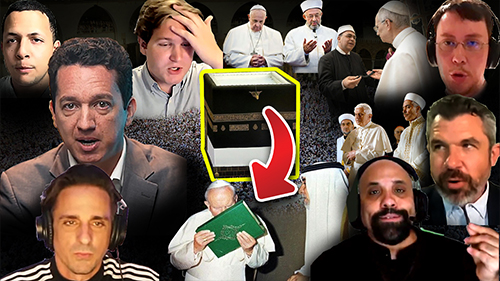 " />
" /> " />
" />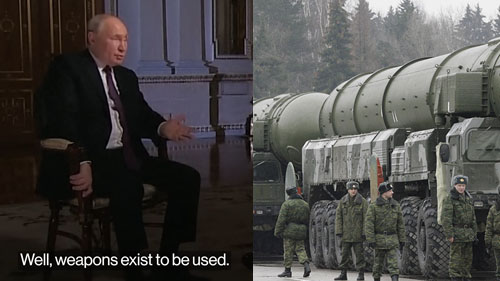 " />
" />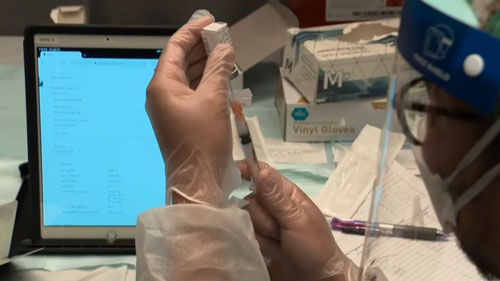 " />
" /> " />
" />




Objection 15): The Church and the hierarchy will always be visible. If the Vatican II Church is not the true Catholic Church, then the Church and hierarchy are no longer visible.
Answer: 1) People misunderstand in what the visibility of the Church consists; 2) the Vatican II sect cannot be the visible Church of Christ; and 3) the Vatican II sect denies this very teaching on the visibility of the Church.
No one denies that the Catholic Church could cease to exist in all the countries of the world except one. The visibility of the Church does not require that the faithful or the hierarchy be seen in every single geographical location around the globe. This has never been the case. Simply, the visibility of the Church signifies real Catholic faithful who externally profess the one true religion, even if they are reduced to a very small number. These faithful who externally profess the one true religion will always remain the visible Church of Christ, even if their ranks are reduced to just a handful.
And that is precisely what is predicted to happen at the end of the world.
Our Lord Himself indicates that the size of the Church will become frighteningly small in the last days.
The Apocalypse of St. John seems to indicate the same.
The Haydock version of the Douay-Rheims Bible, a popular compilation of Catholic commentary on the Scriptures by Rev. Fr. Geo. Leo Haydock, contains the following comment on Apoc. 11:1-2.
The Magisterium of the Catholic Church has never taught that there must always be a certain number of bishops or faithful for the Church to exist. As long as there is at least one priest or bishop and at least a few faithful, the Church and the hierarchy are alive and visible. Today there is much more than a handful of faithful left who maintain the unchanging Catholic Faith. Thus, the argument of our opponents from the standpoint of visibility lacks any merit and is contrary to the prophecies of Sacred Scripture.
Further, during the Arian crisis the true Faith was eliminated from entire regions, so much so that there were hardly any Catholic bishops to be found anywhere.
Fr. William Jurgens: “In the time of the Emperor Valens (4th century), Basil was virtually the only orthodox Bishop in all the East who succeeded in retaining charge of his see… If it has no other importance for modern man, a knowledge of the history of Arianism should demonstrate at least that the Catholic Church takes no account of popularity and numbers in shaping and maintaining doctrine: else, we should long since have had to abandon Basil and Hilary and Athanasius and Liberius and Ossius and call ourselves after Arius.”[3]
The Arian heresy became so widespread in the 4th century that the Arians (who denied the Divinity of Christ) came to occupy almost all the Catholic churches and appeared to be the legitimate hierarchy basically everywhere.
Things were so bad that St. Gregory Nazianz felt compelled to say what the Catholic remnant today could very well say.
This period of Church history, therefore, proves an important point for our time: If the Church's indefectible mission of teaching, governing and sanctifying required a governing (i.e., jurisdictional) bishop for the Church of Christ to be present and operative in a particular see or diocese, then one would have to say that the Church of Christ defected in all those territories where there was no governing Catholic bishop during the Arian heresy. However, it is a fact that in the 4th century, where the faithful retained the true Catholic faith, even in those sees where the bishop defected to Arianism, the faithful Catholic remnant constituted the true Church of Christ. In that remnant, the Catholic Church existed and endured in her mission to teach, govern and sanctify without a governing bishop, thus proving that the Church of Christ's indefectibility and mission to teach, govern and sanctify does not require the presence of a jurisdictional bishop.
It should also be noted that the hierarchy can be defined in two ways: the jurisdictional hierarchy and the ecclesiastical hierarchy.[6]
Only those who have ordinary jurisdiction (i.e., jurisdiction which is attached to an office) constitute the jurisdictional hierarchy. All valid Catholic priests, on the other hand, constitute parts of the ecclesiastical hierarchy. It is possible that as long as the ecclesiastical hierarchy remains the hierarchy exists.
Non-sedevacantists who raise this objection cannot point to one real Catholic bishop with ordinary jurisdiction. To whom are they going to point? Are they going to point to "Bishop" Bruskewitz, who conducted an interfaith Seder Supper with a group of rabbis in his own cathedral during Holy Week?[8] Are they going to point to "Cardinal" Mahony or "Cardinal" Keeler?
If it’s true that there must be one bishop with ordinary jurisdiction somewhere (which is something that has not been proven), then he is somewhere. But it doesn’t change the fact that Benedict XVI and his apostate bishops are not Catholic and therefore not part of the hierarchy. Against a fact there is no argument; against this fact there is no argument.
Finally, and perhaps most importantly, the Vatican II sect rejects the visibility of the Catholic Church, thus proving again that it’s not the visible Catholic Church!
Remember this one? At the very beginning of its Decree on Ecumenism, Vatican II teaches that almost everyone longs for a truly universal and visible Church whose mission is to convert the world to the Gospel. Again, for those who doubt that Vatican II was here denying that the Catholic Church exists, we will quote Antipope John Paul II’s own interpretation of this passage.
So, if you accept the Church’s teaching on its visibility, that’s just one more reason to reject the Vatican II sect and its antipopes.
By the way, the idea of an invisible Church – taught by the Vatican II sect – has been condemned at least three times: Pope Leo XIII, Satis Cognitum (# 3), June 29, 1896;[11] Pope Pius XI, Mortalium Animos (# 10), Jan. 6, 1928;[12] Pope Pius XII, Mystici Corporis Christi (# 64), June 29, 1943.[13]
Moreover, here is an interesting quote from the Lay Investiture crisis (1075-1122). During this crisis the evil King of Germany, Henry IV, instituted an antipope (who was supported by many German bishops). Henry also appointed his own bishops who were also subject to the antipope. The result was two bishops in most dioceses and massive confusion.
The point is: while we are currently dealing with an unprecedented apostasy, the Church has seen confusing times before, including those in which the true hierarchy was not easily ascertainable.
See other Answers to the Most Common Objections Against Sedevacantism
[1] The Douay-Rheims New Testament with a Catholic Commentary, by Rev. Leo Haydock, Monrovia, CA: Catholic Treasures, 1991, p. 1640.
[2] Jurgens, The Faith of the Early Fathers, Collegeville, MN: The Liturgical Press, 1970, Vol. 2, p. 39.
[3] Jurgens, The Faith of the Early Fathers, Vol. 2, p. 3.
[4] Jurgens, The Faith of the Early Fathers, Vol. 2, p. 158.
[5 Jurgens, The Faith of the Early Fathers, Vol. 2, p. 33.
[6] Donald Attwater, A Catholic Dictionary, “Hierarchy,” Tan Books, p. 229.
[7] The Papal Encyclicals, Vol. 4 (1939-1958), p. 267.
[8] Catholic Family News, January, 1999.
[9] Decrees of the Ecumenical Councils, Vol. 2, p. 908.
[10] The Encyclicals of John Paul II, Huntington, IN: Our Sunday Visitor Publishing Division, 1996, p. 918.
[11] The Papal Encyclicals, Vol. 2 (1878-1903), p. 388.
[12] The Papal Encyclicals, Vol. 3 (1903-1939), p. 317.
[13] The Papal Encyclicals, Vol. 4 (1939-1958), p. 50.
[14] The Papal Encyclicals, Vol. 2 (1878-1903), p. 388.
[15] The Catholic Encyclopedia, Vol. 8, 1910, “Investitures,” p. 86.
Sign up for our free e-mail list to see future vaticancatholic.com videos and articles.
Recent Content
^